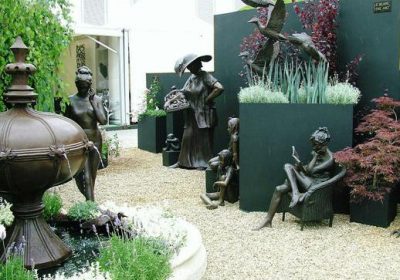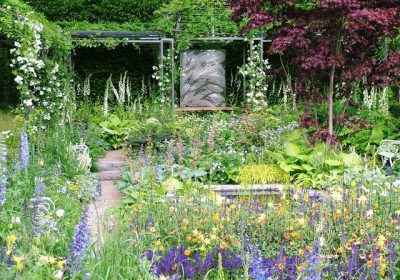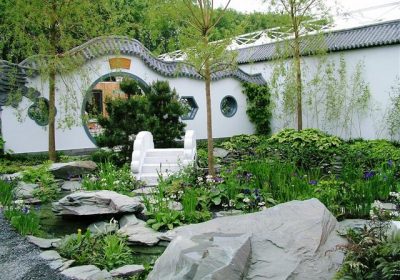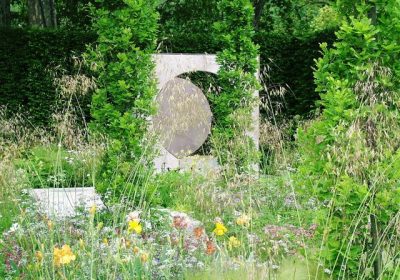Savils Garden – by Philip Nixon and Marcus Barnett
Description
Leeds City Council’s 2007 Chelsea Flower Show Garden
Designers Philip Nixon and Marcus Barnett are to collaborate yet again on a show garden for Savills at the 2007 Chelsea Flower Show. Last year’s RHS Gold Medal for their modernist inspired garden means that the pressure is on for a repeat performance in 2007. Upon hearing of Savills acceptance for their show garden design, Ian Stewart, Head of Savills London Region said “I am delighted to be working with Philip and Marcus again and am confident that their innovative design for 2007 will reflect the values of the Savills brand and our commitment to quality at every level”
Inspiration for The Savills Garden for Chelsea Flower Show 2007 has been drawn from the rolling countryside of south central England and is loosely based on waterways and the landscape through which they flow. The garden for Chelsea is a personal and abstracted interpretation of the essence of such landscapes, a place of retreat within the much larger garden of a country house.
Barnett and Nixon hold true to their geometric modernist style with this new garden, it is a quietly modern garden sporting clean lines and simplicity of form. Ideas of a river will be used as a bisection of the landscape, a journey through which leads to a place of refuge. The effect will be to create a sense of familiarity and association with the surrounding countryside.
The Savills Garden for 2007 will be geometrically elegant and will seek to create harmony and balance through a juxtaposition of repeating elements in both hard and soft landscaping with loose and relaxed planting evocative of that found in a natural and wild landscape.
Chelsea Flower Show 2007
natural stone can bring to bespoke projects such as this Chelsea Flower Show Garden.
A rippling, eddying effect is achieved by a complex series of jets expertly installed by Fair Water from West Sussex.
Chelsea Flower Show 2007
Petasites, commonly referred to as Butterbur are part of the daisy family Asteraceae. They are mostly quite robust plants with thick, creeping underground rhizomes and large rhubarb-like leaves during the growing season. The short spikes of flowers are produced just before these leaves in Spring, emerging with only a few elongated basal bracts and are usually green, flesh coloured or dull white. Philip and Marcus have selected Petasides hybridus for its structure and stature.
Daisies like Doronicum excelsum ‘Harpur Crewe’ will be dotted through the planting. This plant in particular is not often seen but is a great daisy which provides early summer interest much as the more fashionable Rudbeckia’s do in the late summer garden. Other plants dotted through the design include Geranium phaeum and Aquilegia species.
Damp condition loving trees such as Populus nigra ‘Italica’ (Lombardy Poplar) and Salix alba will give height and structure to the planting. The salix are pollarded, small, mature specimens with trunks standing two feet tall and sporting big headed branches with a total height of close to 2 metres. Populus nigra ‘Italica’ is a very narrow columnar tree with a rapid growth rate. Chosen for its summer and autumn foliage and red catkins these trees add interest and provide natural screening in the garden.
Although happy in a wide range of soil conditions, the poplars, being moisture hungry, are often cultivated in river landscapes in the UK and the rest of Europe and are being used here to evoke that landscape. The salix like full sun to part shade; thrive in wet conditions and grow in a wide range of soil. Perhaps the most outstanding feature of these plants are the rich egg-yolk coloured stems providing excellent winter colour.




